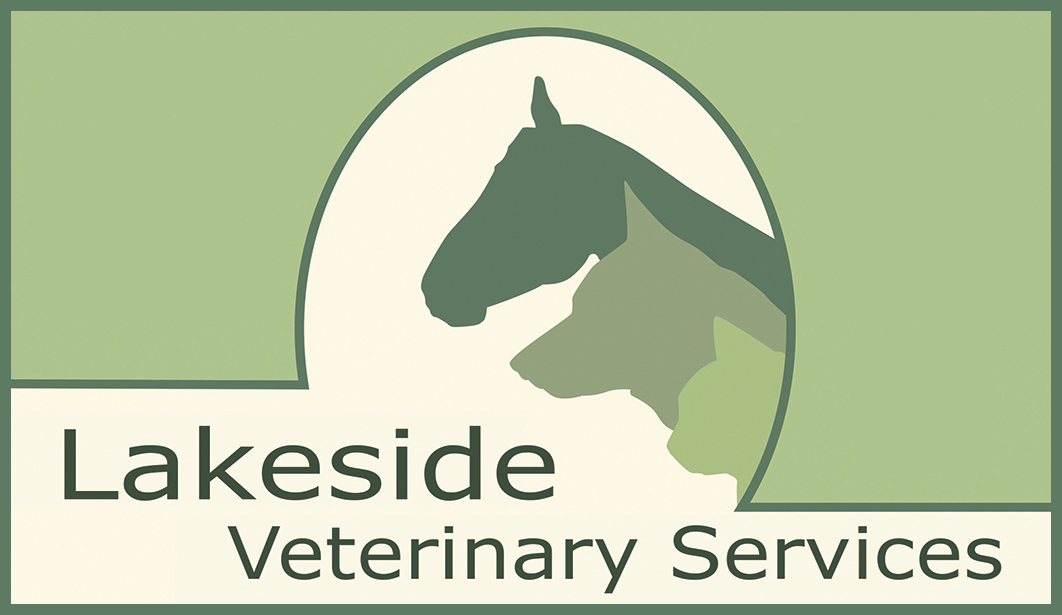Library
-
Because of differences in large and giant dogs' energy and nutrient needs, some pet foods are specifically formulated for these requirements. Adequate diet and feeding management are important for adequate growth and preventing orthopedic problems and gastric dilatation-volvulus (GDV) or bloat. Specific recommendations are included for selecting an appropriate diet for a large or giant breed dog. Feeding management recommendations are also included.
-
Because of differences in toy and small dogs' energy needs and size, it is essential to use pet foods specifically formulated for their requirements. Adequate diet and feeding management are important for proper growth and preventing excessive weight gain. Specific recommendations are included to select an appropriate diet. Feeding management recommendations for puppies and adult dogs are also included.
-
It is important to understand the unique nutritional needs of performance dogs. Their success depends upon a combination of genetics, training, and nutrition. It is important to match the nutrient profile to the individual dog and the activity. Your veterinarian can assist you in making optimal nutritional choices for your canine athlete.
-
Bladder stones can be a significant problem for dogs. Bladder stones set the stage for chronic urinary tract infection, and some bladder stones (struvites) grow more quickly if the dog already has a urinary tract infection. Diet selection can play a role, and it is important to follow your veterinarian’s recommendations to prevent recurrence.
-
Nystatin combinations (brand names Panalog®, Cortalone®, Animax®, Derma-vet®, Quadritop®, Dermalog®, Dermalone®, EnteDerm®, Resortin®) are applied topically to the skin and are used on and off label to treat skin lesions in cats, dogs, and other mammals.
-
Nystatin, neomycin sulfate, thiostrepton, and triamcinolone topical/otic (brand names Animax®, Dermalog®, Panalog®, Quadritop®) is a combination antimicrobial (neomycin, thiostrepton), antifungal (nystatin), and steroid (triamcinolone) medication used to treat infections and inflammation of the skin, ears, and anal glands in cats and dogs. It may be used “off label” or “extra label” in other animals or conditions. This medication comes in ointment form.
-
Nystatin is an antifungal, given by mouth in the form of a tablet or liquid suspension, and used off label to treat Candida fungal infections in dogs, cats, birds, and reptiles. Side effects are rare, but at high doses, it could cause stomach upset or mouth irritation. It should not be used in pets that are allergic to it.
-
La obesidad, definida como un exceso de un 30% o más del peso corporal normal, es la enfermedad nutricional más común en gatos domésticos. Aunque la frecuencia varía entre países, de media se considera que el 40 al 45% de todos los gatos adultos presentan obesidad.
-
Obesity in Dogs
Todos somos conscientes de los problemas que causa la obesidad en las personas, entre los que destacan alteraciones cardiacas, articulares o respiratorias. Lo que no es tan conocido es que los mimos problemas pueden afectar a nuestras mascotas si sufren de sobrepeso, por eso hay que asegurarse de que pierdan peso en caso necesario.
-
In North America, obesity is the most common preventable disease in cats. Just over 60% of domestic cats are overweight. Scientific evidence now shows that fat tissue is not benign; it actively secretes inflammatory hormones and creates oxidative stress, both of which contribute to increased risks for several diseases, as well as a decreased quality of life. Treating obesity as a chronic, inflammatory condition means regular veterinary assessments and strict attention to portion control.

